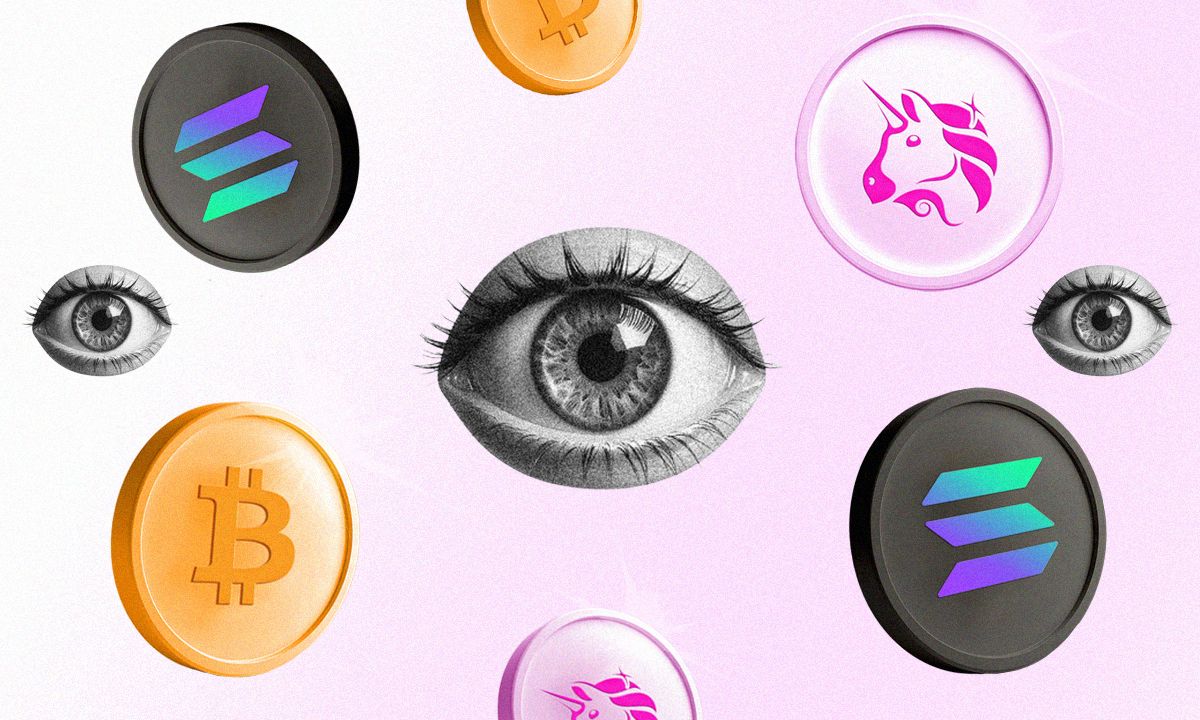The crypto industry is all grown up. Those awkward teenage years of bling and bravado are behind us, and it takes more than good tech to take home the prize. Gone are the days of “If you build it, they will come.” In this hyper-saturated market, it’s not just party tricks that make the cut. The shiniest tech, the cleverest tokenomics, or the most credible decentralized model mean nothing if no one remembers after the price charts fade.
How many times have you heard “this cycle is different!” Now that institutions rule the roost? Well, it’s not just ETFs and macroeconomics. In 2025, crypto projects need a memorable story as well. That’s why this bull run will be won by brands, not protocols.
From ICO Chaos to More Than Tech
Look back at 2017 and the ICO mayhem years. All it took for a project to take off was an idea (“we’ll revolutionize food delivery, but with blockchain!”), a whitepaper, and maybe a GitHub repo with three commits.
Projects popped up faster than memes in a Telegram chat, and investors chucked in millions with wild abandon. But as Warren Buffett warned, when the tide went out, those not wearing pants were easily spotted. As the ICO hangover faded, projects began to realize that institutional dollars demanded more than just hype and that real-world utility needed to be proven to demonstrate a project has legs.
A more discerning type of investor, they scrutinized founders, technology, governance, and backers, and placed their bets on projects driven by sharp teams and real-world partnerships, like Solana, Avalanche, BitGo, and CoinMarketCap.
Today, the landscape is even more demanding. Regulatory clarity, like the EU’s MiCA framework or the SEC’s Bitcoin spot ETF approvals, has opened new doors for institutions, legitimizing digital assets within financial markets. And they expect crypto projects to be the complete package.
Solve real problems? Check. Credible teams behind them? Check. Reputable VCs? Check. It goes without saying that fantastic features, tokenomics, usability, and security are baseline requirements. It’s now common knowledge that due diligence should include these fundamentals.
Standing out in the crowd now rests on a project’s brand: its ability to convey trust, purpose, and defensibility in a crowded field. Even when it comes to traditional metrics like AUM, studies have found that investors care more about brand reputation when choosing where to put their capital.
What Makes a Brand Really Stick?
Visual identity is everything. Think Bitcoin’s orange ₿, Uniswap’s playful pink unicorn, or Solana’s signature neon gradient. They don’t just catch your eye; they mark territory in the wilds of crypto.
Your brand’s voice is also paramount. Aave is cheeky, Maker is stoic, Solana is always on-point, and Dogecoin, well, it’s meme royalty.

In no other sector are mission and values such dealbreakers. Ethereum is an open innovation. Aztec waves the privacy flag. Ripple is the banker’s blockchain; you get the idea.
And let’s be real, reputation is everything, and it’s determined at every touchpoint with users and in every form of communication, both digital and IRL. It’s not just about having smart code or a slick product.
Coinbase turned onboarding from Dante’s Inferno to a walk in the park. Usability, support, and honest comms build fans, not just users. This is also where the value of earned media comes into play. If you have a great brand identity but no one sees it in the media, it’s sort of like a tree falling in the forest with no one there to hear it.
Brand Power: Why it’s Different in Crypto
Crypto brands aren’t just selling products, they’re weaving identity. The user is an owner, a governor, a marketer, and sometimes a meme lord all at once. Protocols are part tech, part movement, part online cult.
Take Solana’s comeback: the “Solana Summer” wasn’t just fast transactions. It was an infectious culture where hackers, degens, and normies all wanted a piece of the action. That meant full-spectrum engagement: hackathons, AMAs, deep-dives, and persistent developer support. Solana never stopped showing up, and its community responded in kind.

Aztec transformed the meaning of privacy from the sketchy Silk Road back alleys, to the foundation of institutional participation in digital assets. CoinMarketCap goes beyond mere data insights, using AI to make a crypto “home” where family gathers to share stories and uncover alpha.
Cosmos markets itself as the “Internet of Blockchains,” and that’s no idle slogan. Its tight-knit ecosystem thrives on the principles of sovereignty and interoperability, attracting ecosystem builders who want choice, flexibility, and self-determination.
NEAR Protocol has cultivated its own identity shift by focusing on human-friendly onboarding and the “open web” vision, while Polkadot draws users with its reputation as the “connector” chain built to unite wandering blockchain tribes.
The lesson? People want to be part of something, not just click “buy” and leave.
The Road Ahead: Crypto Branding Grows Up
If crypto’s destiny is to mesh with web2, brands need to ditch their safe zones. Crypto slang and inside jokes are gold dust among the community, but basically gibberish to the rest of the world.
Winners in this bull run will build brands that connect everywhere, from Tennessee to Timbuktu. Crypto won’t be judged for protocol purity; the real question will be: does the brand make people feel good? Understood? Seen?
Tomorrow’s prime movers will have killer tech; that’s non-negotiable. But more than anything, they’ll be the brands that make people care, that build belonging and purpose. Protocols are the skeleton, but brands are the soul.

